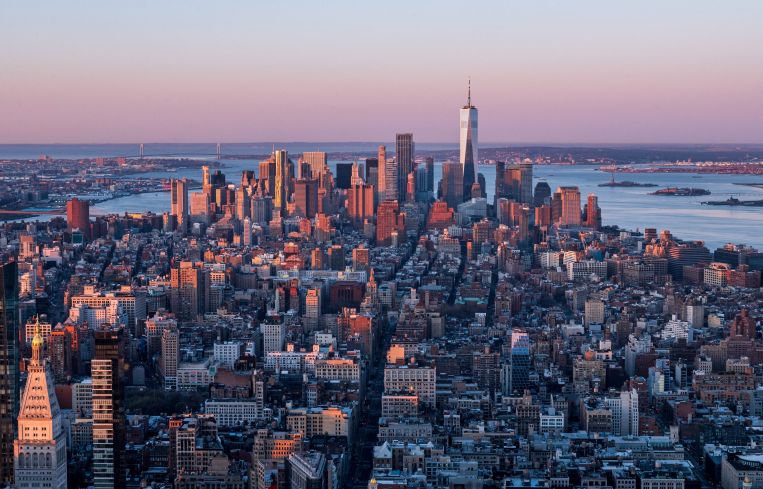Why Local Law 97 Is Actually Good for Building Owners in the Long Run
By Mariela Abreu March 1, 2022 5:56 pm
reprints
There’s been a lot of discussion recently about Local Law 97 and what it means for building owners as the newly minted Adams administration contends with the law’s future.
It’s a controversial issue on all sides — with most building owners finding that the requirements add more burdensome bureaucratic complications like extra time, costs and red tape to already thin budgets and bandwidths. But they still recognize its environmental benefits.
And, in the bigger picture, it’s actually a good thing.
Motivated by an effort to help curb greenhouse gas emissions in New York City, the law was passed by the City Council in 2019 in response to the fact that buildings alone account for approximately two-thirds of these emissions in the city.
Now, under the law, buildings of 25,000 square feet or more must work to reduce emissions by 80 percent by 2050, a lofty goal that will undoubtedly make a difference.
So, why is this a “good thing” for building owners when it really just sounds like more work and an expensive proposition?

In reality, Local Law 97 gives building owners the impetus to upgrade critical aspects of their infrastructure to not just comply with the law but to better serve users and create longer-lasting structures that are ultimately more energy efficient and cost saving.
Methods for increasing energy efficiency in buildings typically fall into two buckets: finding alternative, clean sources of energy to help power the building, or modifying the building to use energy more efficiently.
It sounds overwhelming. However, there is a growing body of knowledge and experience that can help an owner see the big picture, mapping out the most viable strategies and defining a path towards energy efficiency that is effective, affordable and ultimately saves money.
A lot of the cost-effective solutions apply in particular to older buildings: weatherization, insulated windows, adding insulation around heating systems, upgrading lighting, inspecting and repairing HVAC systems — which is an even more critical upgrade now with the pandemic.
Even if sustainability is not part of the original design of older buildings, they tend to better foster strategic use of natural ventilation and insulation, reflecting best practices that are commonly used today in efficient design.
Surprisingly, it is often the newer, glass towers that can prove to be costlier and inefficient because they require so much energy to regulate the temperature but these new methods can help curb that.
Another significant benefit is the involvement of a building’s occupants, who can also play an active role in achieving these sustainability goals and keeping costs down. Building owners and boards should be intentional about educating users, including residents and office tenants, on the operation of new systems and initiatives to ensure they are participating in the effort.
Despite the positive outlook, cost is one of the biggest hurdles in the near term, especially in the case of a complete overhaul.
If cost is an issue, it’s best to prioritize efforts based on what the budget will allow, postponing less critical items to when additional funding is available.
The goal is to be able to reduce the building’s carbon footprint on a schedule that doesn’t strain resources. It’s important to take the time to gather a clear picture of the building usage pattern and create a thoughtful implementation plan around it, minimizing disruptions.
To this same end, leading communications with users by taking their questions and concerns seriously through memos, town halls and more helps smooth a process that can be onerous for all involved and empowers them to be active participants and agents of change in their own lives and routines.
And, while monetary penalties are powerful drivers for building owners, the real incentive in this case is climate change and all its incalculable consequences. There’s increasing recognition that not acting collectively to make radical changes in the way we consume energy will result in something far worse than a fine.
While Local Law 97 may be burdensome and confusing right now, there are multiple strategies to handle the process with ease, which will result in better buildings for owners and residents and a better future for all New Yorkers.
Mariela Abreu is a partner and senior director at real estate advisory DBI Projects.



